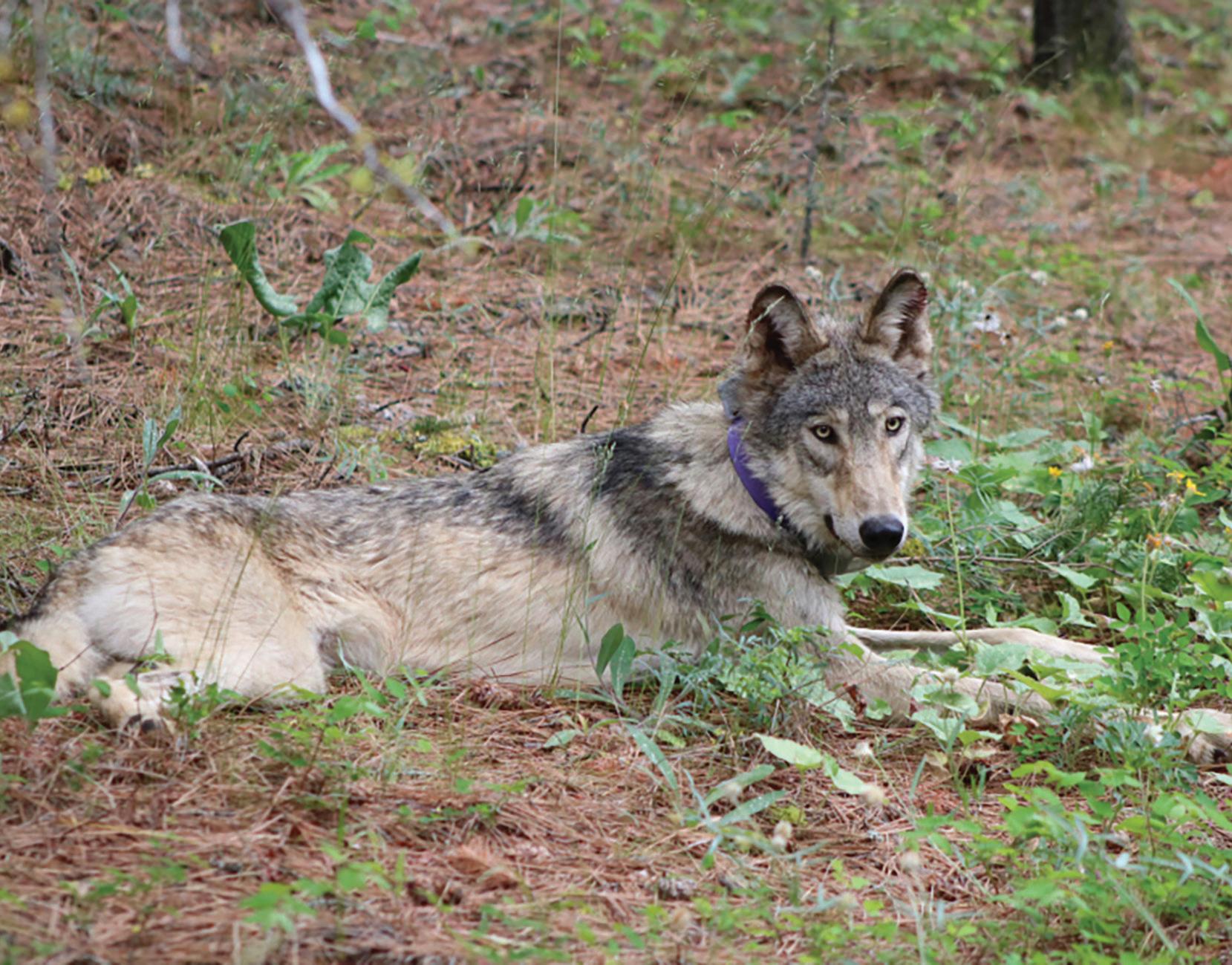
5 minute read
Ranch Recipe : Taco Cheesecake from Pam Turnbull
facility in Dubois, Idaho. Rep. Chellie Pingree (D-Maine), the Interior-EPA chair, sought $6.4 million in earmarks, among them nearly $1 million for a climate coordination center at the University of Maine. Her counterpart, Joyce, requested more than three times as much in earmarks, seeking a total of $20.7 million with several tied to his district’s Lake Erie. Natural Resources Chair Raúl Grijalva (D-Ariz.) sought $6.4 million in earmarks, including $148,000 to remove 158 acres of invasive grasses that are a wildfire hazard in his district. His GOP counterpart, Arkansas Rep. Bruce Westerman, has not requested any earmarks. All Democratic leaders sought earmarks, Majority Whip Jim Clyburn of South Carolina was tops among them, seeking $47 million in earmarks. Pelosi was more in line with her party average, seeking around $14 million. Aside from Scalise, who requested $27.8 million in earmarks, other GOP leaders declined to request them. However, Rep. Elise Stefanik (R-N.Y.), who is expected to replace Rep. Liz Cheney (R-Wyo.) as conference chair this month, sought $46.1 million, a move that could frustrate the party’s right flank,
which has already questioned her conservative credentials.
Advertisement
Policy priorities
In many cases, lawmakers’ policy expertise and local interests dovetailed with their spending requests. Rep. Paul Tonko (D-N.Y.), chair of the E&C Subcommittee on Environment and Climate Change is seeking $3.7 million for a floating solar energy demonstration project on a water reserve in Cohoes, N.Y. Rep. Jared Huffman (D-Calif.), chair of the Natural Resources Subcommittee on Waters, Oceans and Wildlife, sought $500,000 for protecting distressed or stranded mammals along his district’s coastline. Simpson said appropriators will try to focus on merit in awarding the funds, but he knows politics will ultimately factor in. “If you look at it and say, ‘OK, we’ve only got enough money to do one of these two requests. This is a vulnerable member that has a tough reelection. This one here is in a safe district.’ Guess where you’re probably going to go?” Simpson said. “Let’s be honest. That will happen on both sides.” Indeed, the Democratic Congressional Campaign Committee has named 32 lawmakers to its Frontline program, an effort aimed at protecting vulnerable members. All Frontliners but Porter have requested earmarks. G. William Hoagland, senior vice president of the Bipartisan Policy Center, acknowledged there are always some politics in earmark-
CHALLENGE continued on page 15
RANCH RECIPE’S
TACO CHEESECAKE
Ingredients
1 cup crushed tortilla chips 1 Tbsp butter, melted 1 lb ground beef 1 pkg taco seasoning mix (reserve 1 tsp) 2 Tbsp water 2 pkg cream cheese 2 eggs 2 cups shredded cheddar cheese 8 oz sour cream 2 Tbsp flour
If desired for garnish: Lettuce Tomatoes Salsa
Preheat oven to 350 degrees. Mix crushed tortilla chips with melted butter. Press into a 9-inch springform pan to make a crust. Bake 10 minutes and cool. Cook ground beef. Drain grease. Reserve 1 tsp taco seasoning for later use. Add taco seasoning to meat with 2 Tbsp water. Cook 5 minutes.
Beat cream cheese until fluffy, add eggs, 1 tsp reserved taco seasoning, cheddar cheese, and beat until blended. Spread mixture over the crust and 1-inch up sides of pan. Spoon in beef mixture.
Combine sour cream and flour. Spread over cake. Bake for 35 minutes.
From Pam Turnbull
Pam Turnbull was our Arizona State Cowbelles President 2017-18, and she has lived near Dragoon, AZ since retiring from the U.S. Air Force in 2006. Pam grew up in southern New Mexico, majored in Agricultural Business Management and Water Resource Management at New Mexico State University, then Logistics Management at the Air Force Institute of Technology. She has been a lifetime agriculture advocate and devotes much time and treasure to several Arizona and National cattle industry organizations.
ing, but he said ultimately having them could help move spending bills with bipartisan support. “Particularly for conservatives, it makes it a lot easier for those individuals to be able to support the legislation because it’s bringing the bacon home,” he said. Reprinted from E&E News Daily with permission from Environment & Energy Publishing,LLC www.eenews.net - 202-628-6500
Celebrating over 39 colorful years of serving Arizona’s publishing community. Contact us for a competitive quote on your magazine, newsletter, program or other short run publication.
520.622.5233


Photo: USFWS UA
covering land roughly the size of South Carolina, could provide habitat for around 90 to 150 jaguars, the scientists say. Since the cats can’t get there on their own, they would have to be reintroduced to the area. Of course, convincing the people who live there to accept the idea would probably be a challenge. Much of the area is wilderness, but it also includes Native American reservations, the city of Flagstaff, and ranches with livestock that might occasionally be killed by jaguars. (The animals are not known to be a threat to humans, despite the fact that they can weigh up to 250 pounds; they’re solitary and prefer to stay away from people.) But Mexican wolves were reintroduced in the same area in 1998 despite resistance and have grown from a population of 11 to 163. Government programs could compensate ranchers when there’s evidence of jaguars on their property, Sanderson says, or potentially pay if livestock are killed. Jaguars prefer to eat deer, and the scientists found that there is ample prey in the area. “We wouldn’t want to do it unless a lot of people want it to happen, and there’s support on the ground,” says Sanderson. The Fish and Wildlife Service would have to revise its recovery plan. Then the government would have to find jaguars to bring back. They might follow the example of a program in Argentina that trains cubs born in captivity to reenter the wilderness, teaching the animals to hunt without any human contact. It could restore the local ecosystem, where mountain lions and wolves are now the main predators. “When we try and conserve a species, we’re not just trying to conserve one population or a few populations,” he says. “We’re trying to conserve the ecological interactions of that species with other things in the environment.”

Image: courtesy WCS

Merchandise
Carhartt Vest................80.00 Carhartt Jacket......... 100.00 Men’s T-shirt ............... 20.00 Women’s T-shirt .........20.00 ACGA Hat.....................20.00 Proud to be a Member Sign ...............25.00 License Plate ...............10.00 Decal Sticker..................3.00












